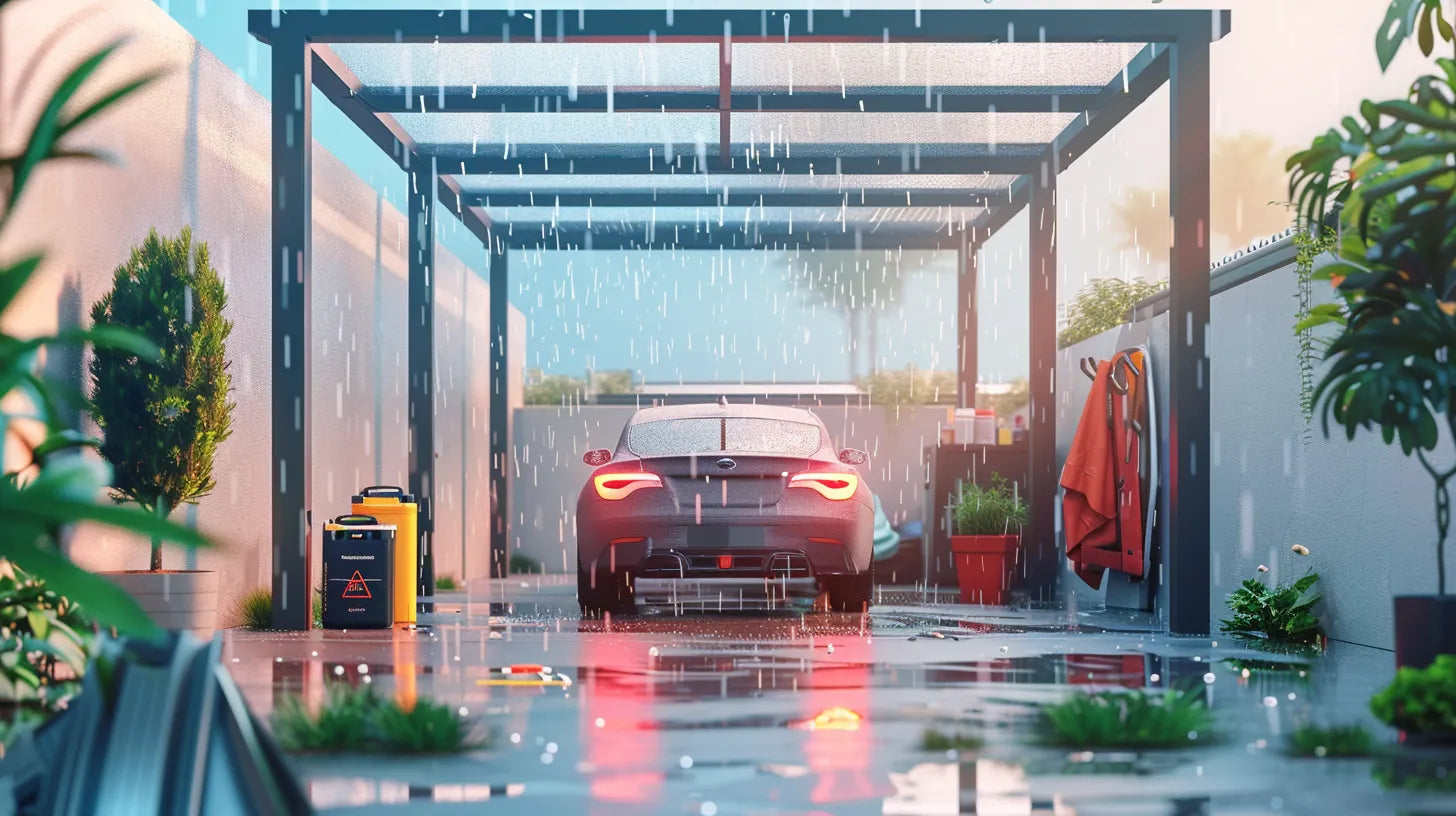In the realm of automotive care, safeguarding a vehicle from the deleterious effects of sun and rain presents a multifaceted challenge that demands a strategic approach. The degradation of paint, interior materials, and even the structural integrity of a car under these conditions can be significant, leading to a decline in both aesthetic value and functionality over time.
By adopting a combination of protective measures, including the application of high-quality sealants, the utilization of protective covers, and strategic parking choices, car owners can markedly reduce the impact of environmental factors. However, the intricacies of these solutions and their application raise important considerations that merit further exploration.
Regular Vehicle Maintenance
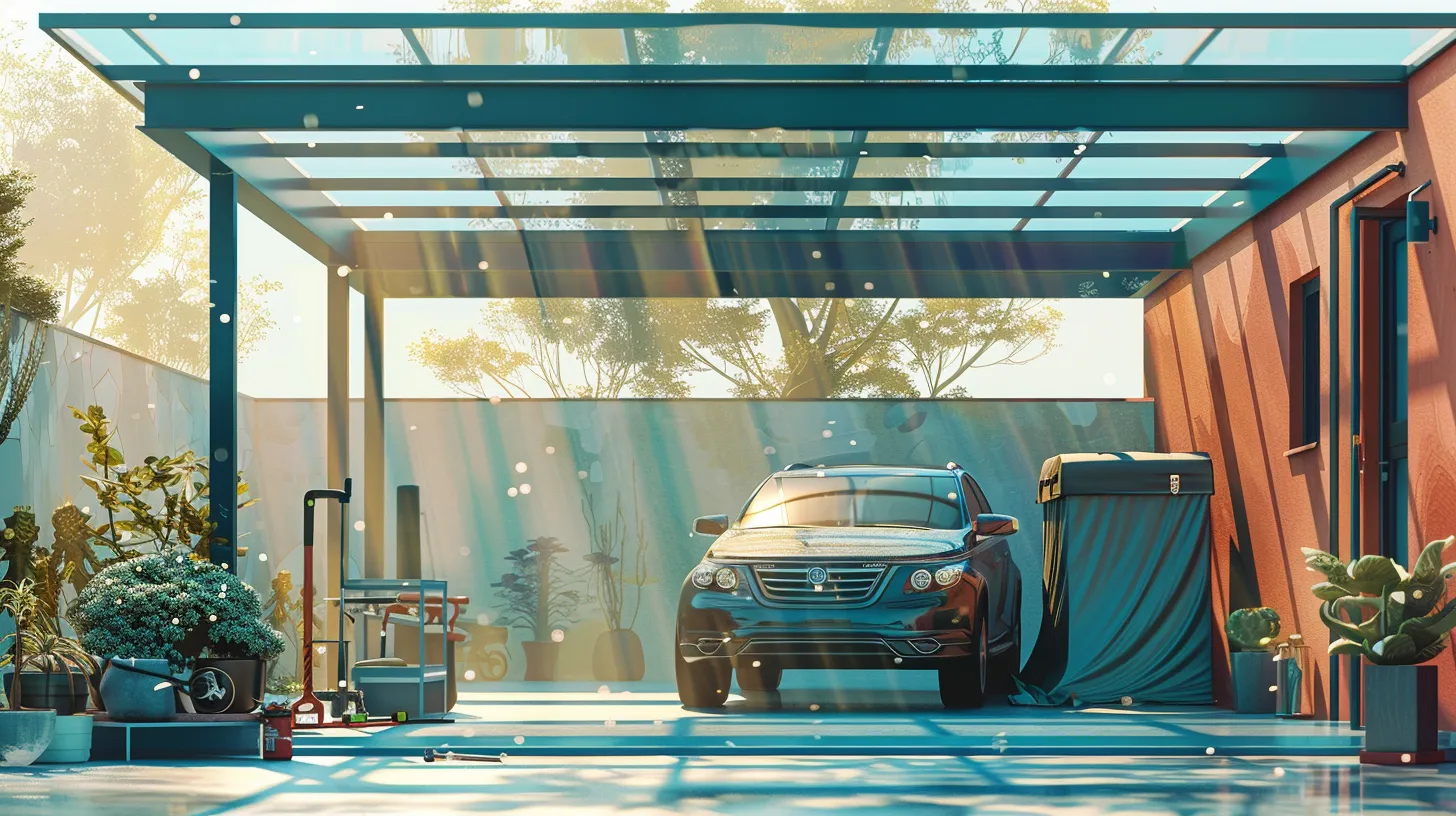
Maintaining your vehicle regularly is essential for protecting it against the detrimental effects of sun and rain exposure. The sun's relentless UV rays and the erosive nature of rain can significantly damage your car's paint, leading to a compromised aesthetic and reduced vehicle value. To effectively guard against these elements, regular car maintenance practices are imperative. Regular washing and applying a layer of wax can significantly protect the paint from sun and rain damage, acting as a barrier that deflects harmful UV rays and prevents water accumulation which could lead to rust.
Additionally, considering a ceramic coating could offer long-lasting protection, creating a more robust shield against the sun's UV rays and the corrosive effects of rainwater. It's also crucial to check and maintain weather seals, rubber trim, and wiper blades to ensure they are in optimal condition to prevent water leaks and further damage. These vehicle maintenance steps not only preserve the car's appearance but also its integrity and value, effectively shielding it from the harsh impacts of weather conditions.
Choosing the Right Cover
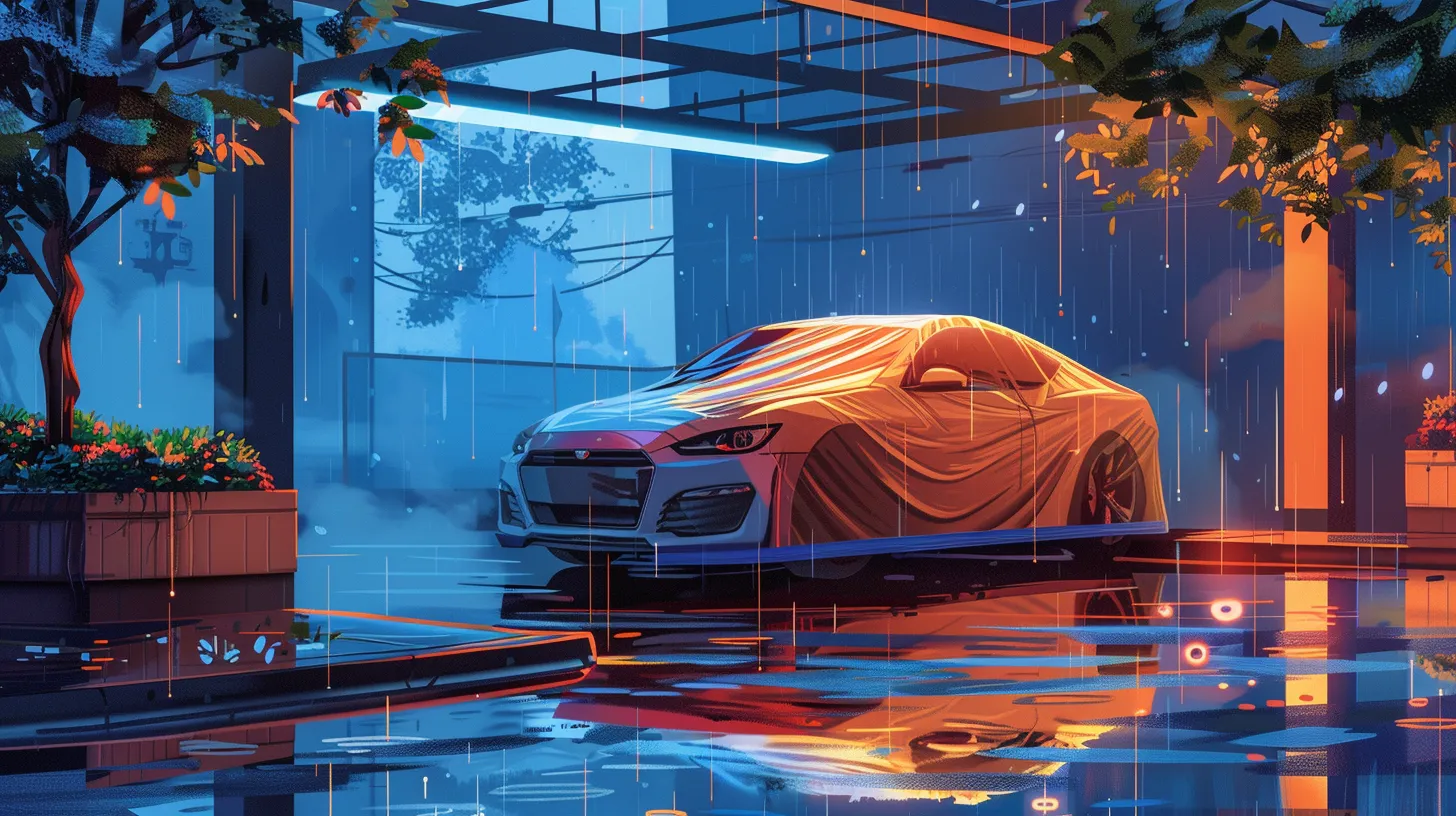
Selecting an appropriate car cover involves considering several key factors, including material resistance to UV rays and water, to ensure comprehensive protection from sun and rain exposure. A cover made of UV-resistant material is crucial to shield against sun damage, which can fade paint and degrade interior materials over time. In addition to UV protection, opting for a waterproof cover is essential to protect your car from rain and moisture, preventing rust and other water-related damage.
It is also important to look for a cover with a soft inner lining. This feature helps prevent scratches on the car's paint, preserving the vehicle's aesthetic and resale value. Durability is another critical aspect, so ensure the cover has reinforced seams and tie-down straps. These elements provide a secure fitting, even in windy conditions, ensuring the cover stays in place to offer full coverage and protection.
Lastly, a precise fit is paramount. Select a cover that matches your car's make and model perfectly. A well-fitted cover offers the best defense against the elements, ensuring every part of the vehicle is covered and protected from sun and rain. A cover that meets these criteria will effectively protect your car from sun and rain, maintaining its condition and value.
Parking Strategies
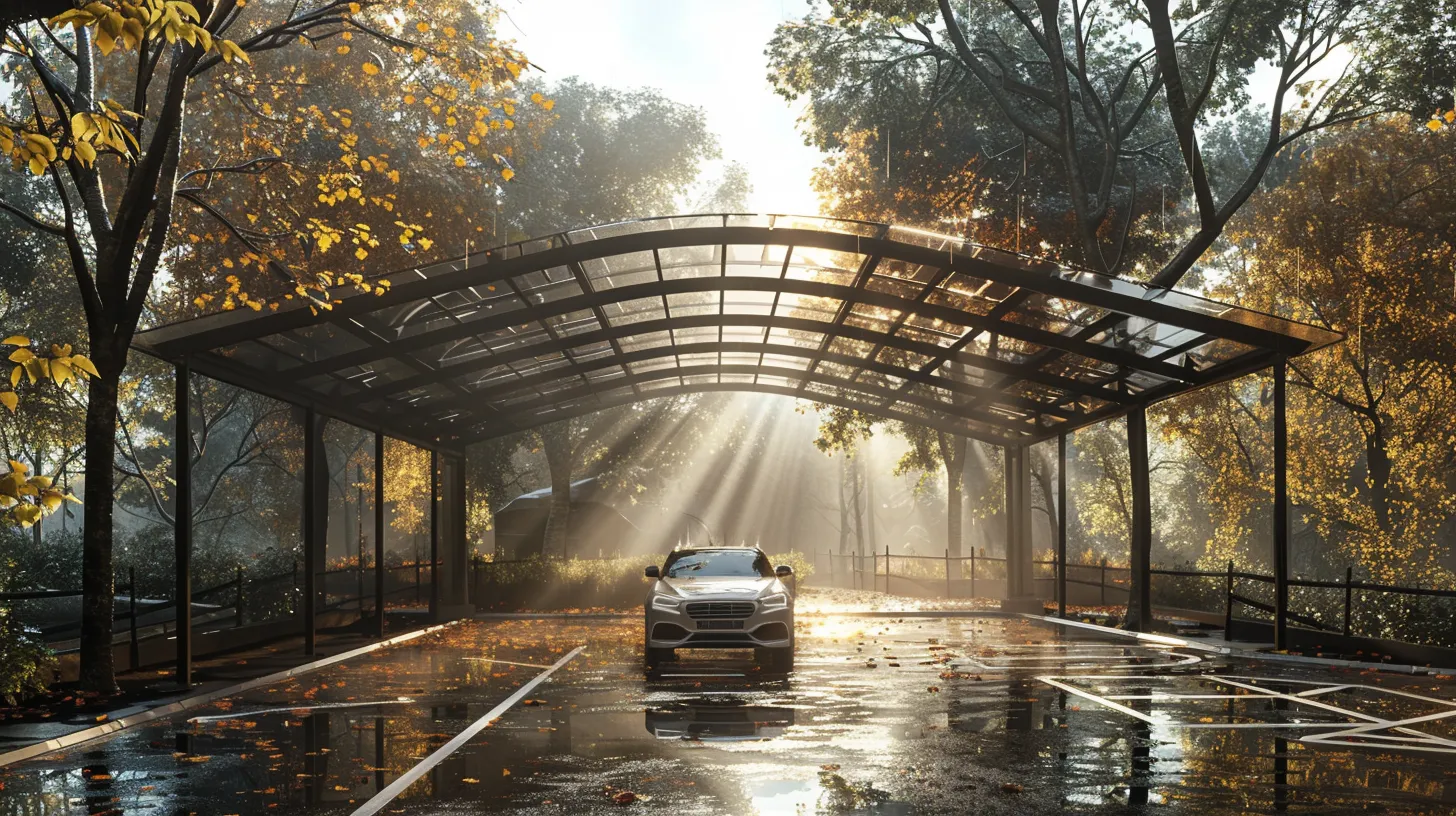
While choosing the right cover is essential for protecting your vehicle against sun and rain, implementing strategic parking practices can further enhance your car's protection from these elements. Strategic parking can significantly mitigate the risk of sun and rain damage, ensuring your vehicle's exterior remains in pristine condition. By adopting a few smart parking strategies, you can safeguard your car from the harsh effects of the environment.
-
Park in Shaded Areas: Look for shaded spots to park your car, reducing exposure to harmful UV rays that can cause paint damage. Shaded parking minimizes the risk of sun damage, helping maintain the car's exterior appearance.
-
Use a Car Cover: When parking outdoors for extended periods, cover your car with a high-quality car cover. This acts as a shield against both sun and rain, preventing potential damage to your vehicle.
-
Opt for Covered Parking: Whenever possible, park under a carport or in a garage. This provides the best protection from both sun and rain, significantly reducing the risk of damage to your car exterior.
-
Avoid Risky Areas: Steer clear of parking under trees known for sap or bird droppings, as these can cause considerable paint damage. Regular checks for signs of sun or rain damage are crucial for timely intervention.
Sealants and Coatings
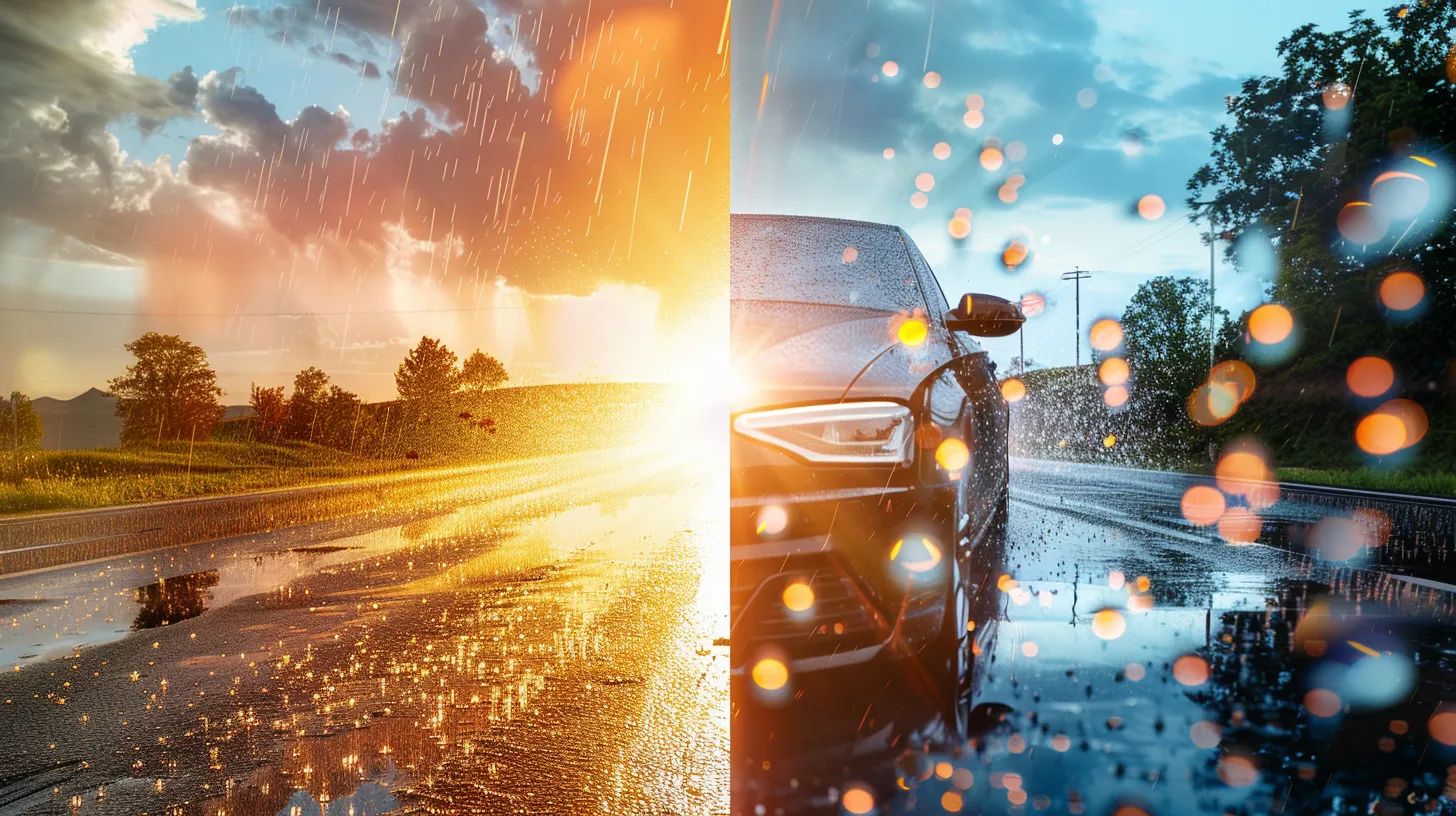
Applying sealants and coatings, such as ceramic coatings, to your vehicle can significantly enhance its protection against the detrimental effects of UV rays and acid rain. These advanced protective solutions serve as a robust barrier, safeguarding your car's exterior from the harsh realities of environmental exposure. By creating a durable, protective layer, ceramic coatings shield the paint from fading, discoloration, and etching that often result from relentless sun exposure and the corrosive nature of acid rain.
Ceramic coatings are celebrated for their hydrophobic properties, which repel water and mitigate the formation of water spots, a common issue in areas prone to heavy rainfall. This characteristic not only preserves the aesthetic appeal of your vehicle but also contributes to its long-term maintenance by making it easier to clean and reducing the need for frequent waxing.
Furthermore, the exceptional durability of these coatings, typically lasting between one and two years, offers a practical solution to combat oxidation and acid rain damage, effectively maintaining the car's gloss and appearance over time. By investing in quality sealants and coatings, car owners can secure a higher level of protection, ensuring their vehicle remains in pristine condition despite the challenges posed by sun exposure and precipitation.
Monitoring Weather Conditions
Keeping abreast of weather forecasts is crucial for car owners aiming to mitigate the damaging effects of sun and rain exposure on their vehicles. By closely monitoring weather conditions, you can take proactive steps to protect your car from the elements, ensuring its longevity and maintaining its aesthetic appeal.
Here's how to effectively shield your car from the unpredictable whims of weather:
-
Check weather forecasts regularly to anticipate sun and rain exposure. This foresight allows you to take preemptive actions, such as moving your car to a sheltered location before bad weather strikes.
-
Use weatherproof car covers to shield against rain and UV rays. These covers are designed to offer robust protection, safeguarding your vehicle from water damage and the fading effects of sunlight.
-
Park in covered or shaded areas to minimize sun and rain damage. This simple act can significantly reduce the exposure of your car to harmful elements, preserving the integrity of its paint and interior.
-
Apply UV-resistant wax to protect the car's paint from sun exposure. Additionally, keeping an emergency kit in the car can prepare you for unexpected weather challenges, ensuring you're equipped to deal with any situation that arises.


